
Understanding Polycrystalline Solar Panels: A Comprehensive Guide
A polycrystalline solar panel is made up of several photovoltaic cells, each of which contains silicon crystals that serve as semiconductors. These types of solar cells are exposed to sunlight, which causes the silicon to absorb its energy and release electrons.
READ MORE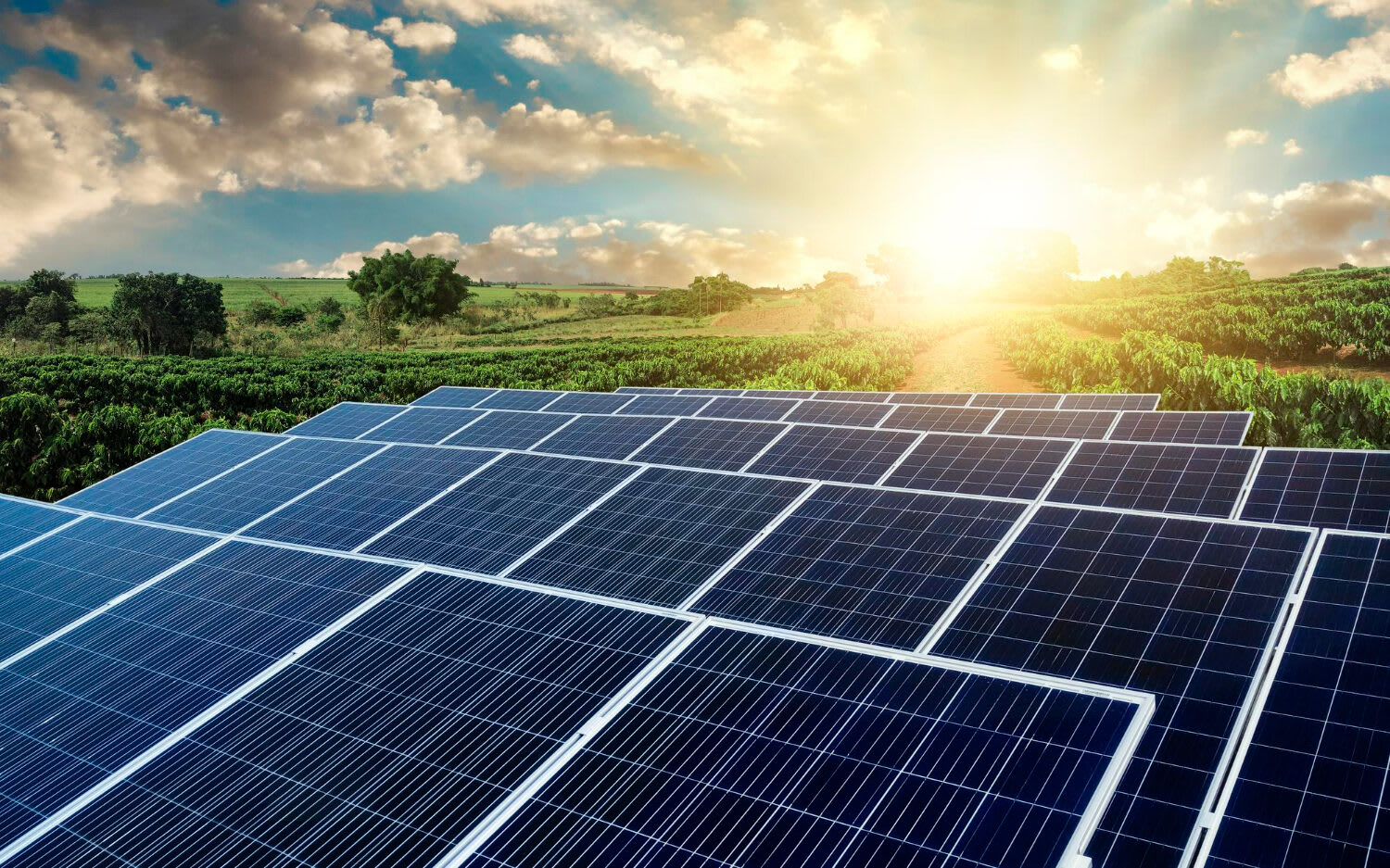
The Comprehensive Guide to Polycrystalline Solar Panels: Characteristics, Operation, and Uses
A polycrystalline solar panel is made up of several photovoltaic cells, each of which contains silicon crystals that serve as semiconductors. These types of solar cells are exposed to sunlight, which causes the silicon to absorb its energy and release electrons.
READ MORE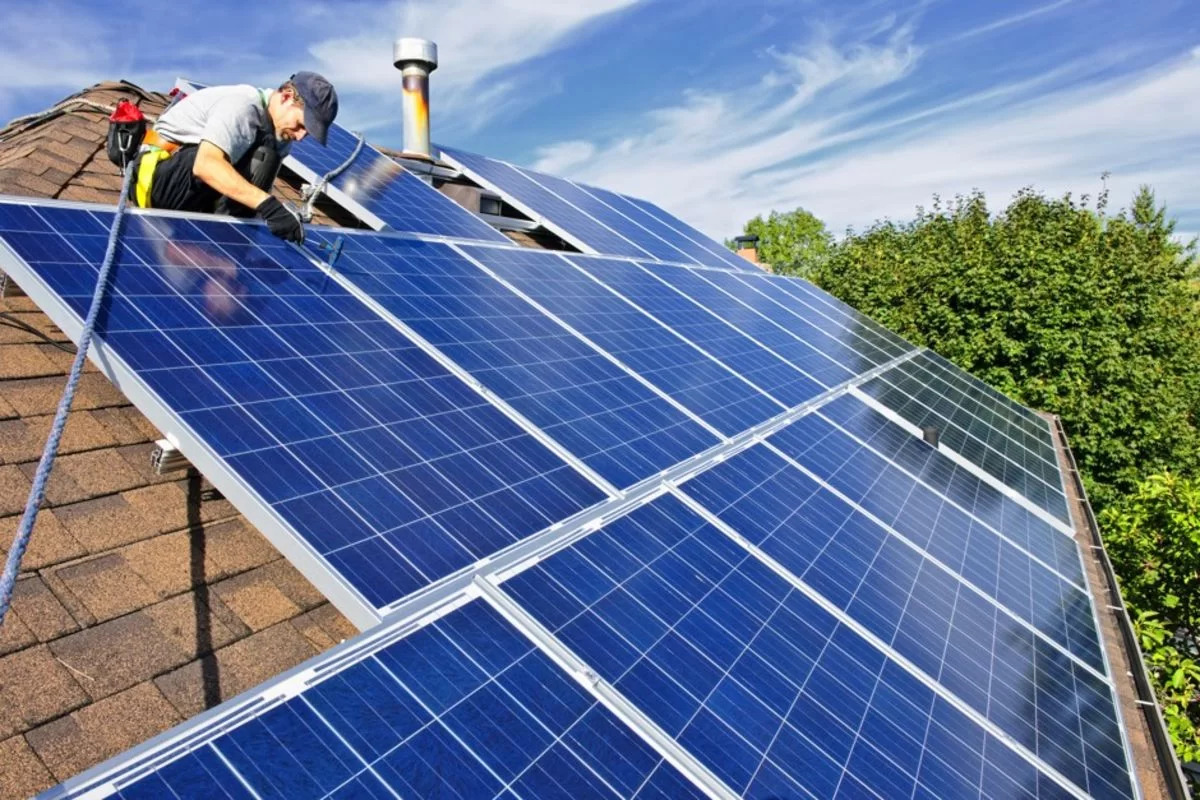
What are the benefits and limitations of polycrystalline solar panels?
Polycrystalline solar panels offer a cost-effective and environmentally friendly solution for harnessing solar energy. While they may not be as efficient as monocrystalline panels and require more space, they still offer a decent energy yield and are continually improving thanks to technological advancements.
READ MORE
Polycrystalline solar panels: what you need to know
A polycrystalline solar panel is made up of several photovoltaic cells, each of which contains silicon crystals that serve as semiconductors. These types of solar cells are exposed to sunlight, which causes the silicon to absorb its energy and release electrons.
READ MORE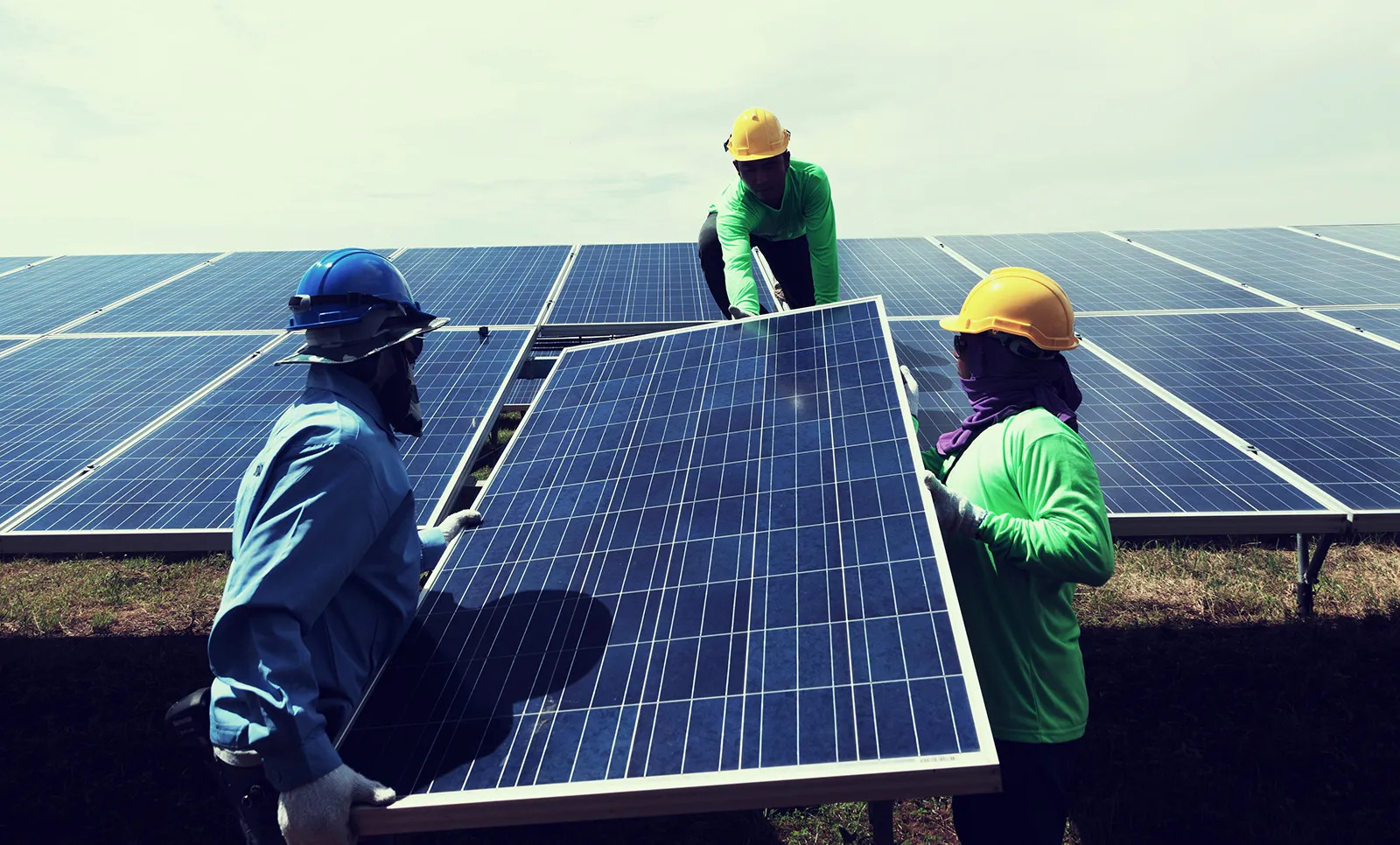
PolyCrystalline Solar Panels: Inexpensive yet efficient solar panels
Monocrystalline panels typically have the highest efficiency and power capacity. They can reach efficiencies of over 22% and provide over 300 watts (W) of power capacity. Many even exceed 400 W. Polycrystalline solar panels, on the other hand, rarely exceed 17% efficiency and tend to have lower wattages.
READ MORE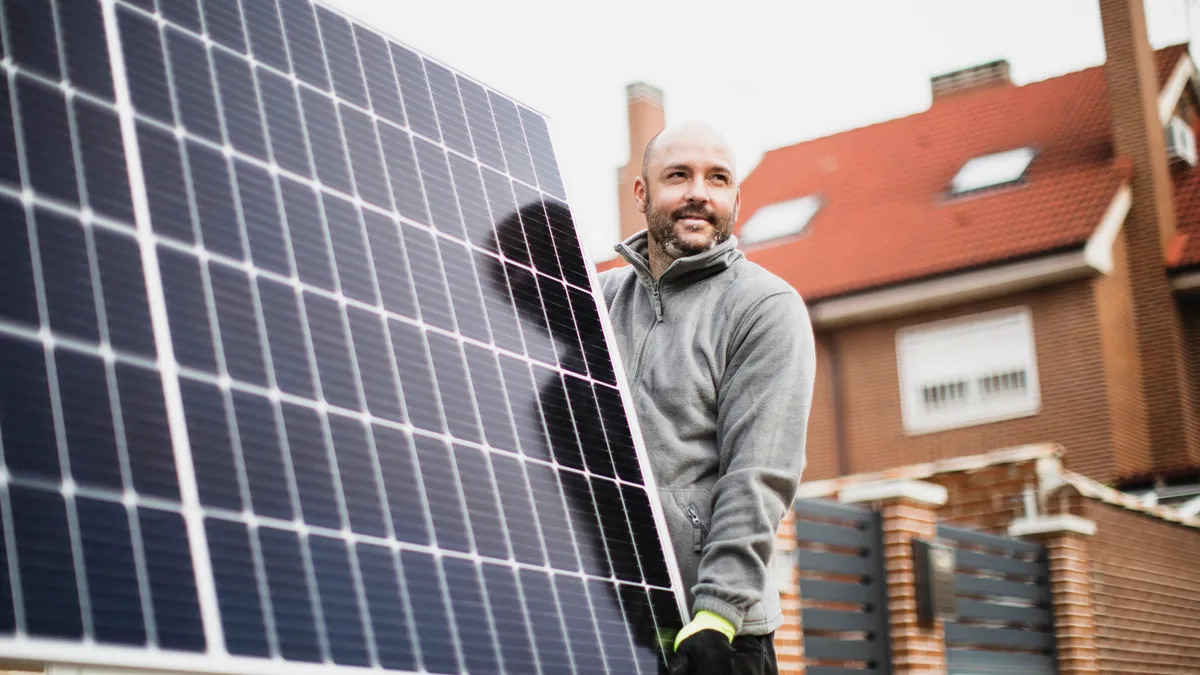
Understanding the Basics of Polycrystalline Solar Panels
A polycrystalline solar panel is made up of several photovoltaic cells, each of which contains silicon crystals that serve as semiconductors. These types of solar cells are exposed to sunlight, which causes the silicon to absorb its energy and release electrons.
READ MORE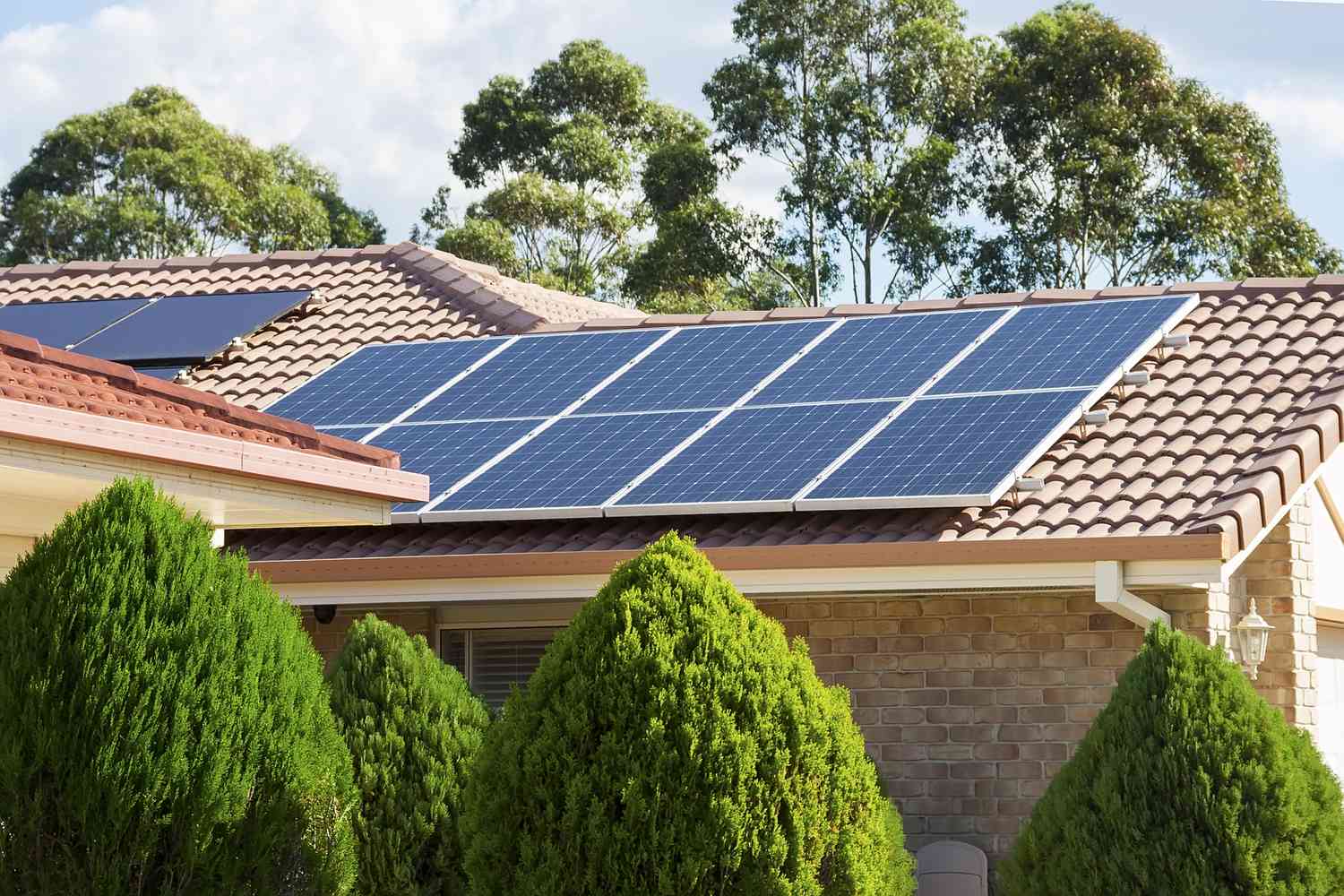
Understanding Polycrystalline Solar Panels: How They Work and Their Benefits
A polycrystalline solar panel is made up of several photovoltaic cells, each of which contains silicon crystals that serve as semiconductors. These types of solar cells are exposed to sunlight, which causes the silicon to absorb its energy and release electrons.
READ MORE
Monocrystalline vs Polycrystalline Solar Panels
Monocrystalline panels are generally better due to higher efficiency, space efficiency, sleek appearance, and better performance in low light. However, polycrystalline panels offer cost-effectiveness and reasonable efficiency, making the choice depend on specific needs and budget considerations.
READ MORE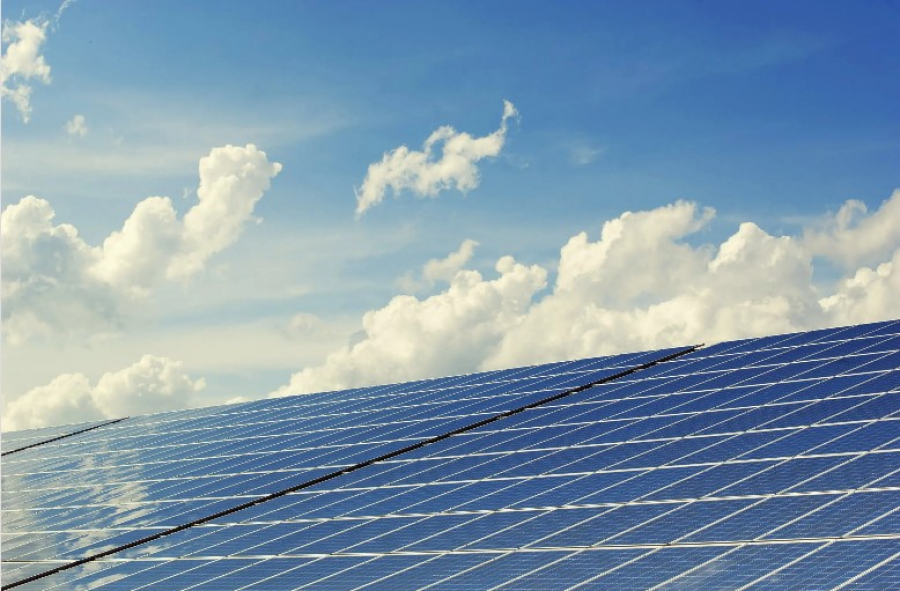
Polycrystalline Solar Panels
Polycrystalline solar panels are also called multi-crystalline and are made of a semiconductor block of silicon crystal that is cut into wafers. The wafers are then made into photovoltaic cells with an anti-reflective coating to help the silicon absorb sunlight during sunlight hours. This type of panel produces DC voltage from sunlight so the system needs an invertor to turn it into AC voltage.
READ MORE